GLP-1 Nausea Tracker
Log Your Meal
When you start a GLP-1 medication like Ozempic, Wegovy, or Mounjaro, the goal is clear: better blood sugar control, meaningful weight loss, and improved health. But for many, the first few weeks feel like a battle - not against diabetes, but against nausea. It’s not just a minor annoyance. For up to half of people on these drugs, nausea is the reason they quit. And you don’t have to be one of them.
Why GLP-1 Medications Cause Nausea
GLP-1 receptor agonists work by mimicking a natural hormone that tells your body to slow down digestion. That’s great for controlling blood sugar and making you feel full longer. But it also means food sits in your stomach longer than usual - sometimes 30% to 50% slower. That delay triggers nausea, especially when your stomach is full or you eat something fatty or heavy. This isn’t random. It’s a direct result of how the drug works. Clinical trials show nausea hits hardest in the first 4 to 5 weeks. For most, it fades within 8 days of starting. But if you rush the dose, or eat like you did before, it can stick around for weeks - or worse, make you stop the medication entirely.Small Meals Are the First Line of Defense
Forget three big meals a day. That’s the worst thing you can do when your stomach is moving slower. Instead, aim for five or six small meals, each around 300 to 400 calories. Think: a hard-boiled egg and half a slice of toast. A small bowl of oatmeal with a spoon of almond butter. A handful of nuts and a piece of fruit. Large meals, especially those high in fat or sugar, are the biggest triggers. A 2023 study from Rentia Clinic found that 78% of patients who switched to smaller, more frequent meals saw nausea drop within 7 to 10 days. Harvard Health recommends starting your day with plain crackers or dry toast - bland carbs are easier to tolerate when your stomach is sensitive. Don’t just eat less. Eat smarter. Protein-rich snacks between meals help stabilize blood sugar and reduce nausea spikes. Greek yogurt, cottage cheese, or a turkey slice are good options. Avoid greasy foods, fried snacks, and sugary drinks - they pile on the discomfort.Fluid Timing Matters More Than You Think
Drinking water or coffee with your meal might feel normal, but it’s making nausea worse. When your stomach is already slowed down, adding liquid increases pressure and distension - which triggers nausea. The fix? Wait 30 to 60 minutes before or after eating to drink fluids. Sip water slowly throughout the day, but keep it away from meal times. One patient from MacArthur MC kept a journal and found her nausea dropped from five to six episodes a day to just one or two after she started drinking water only between meals. Carbonated drinks and large glasses of juice are especially bad. Stick to still water, herbal teas, or diluted electrolyte solutions if you’re feeling off.Slow Titration: The Secret Most Doctors Don’t Tell You
Most prescribing guidelines say to increase your GLP-1 dose every 2 to 4 weeks. But that’s too fast for many people. Experts like Dr. Robert Kushner from Northwestern and Dr. Jennifer Shine Dyer from Rentia Clinic say the real key is going slower - much slower. Their advice? Stay on each dose for 4 to 6 weeks. Some patients even stay on starter doses for 8 weeks. In Dr. Dyer’s clinic, extending the titration period by 50% to 100% cut nausea-related discontinuation rates from 12% down to under 4%. If you’re on Wegovy or Ozempic and feel nauseous after a dose increase, don’t rush to the next one. Wait. Give your body time to adapt. Many people think they’re being “weak” for not moving faster - but the truth is, slow titration is the most effective way to avoid quitting altogether.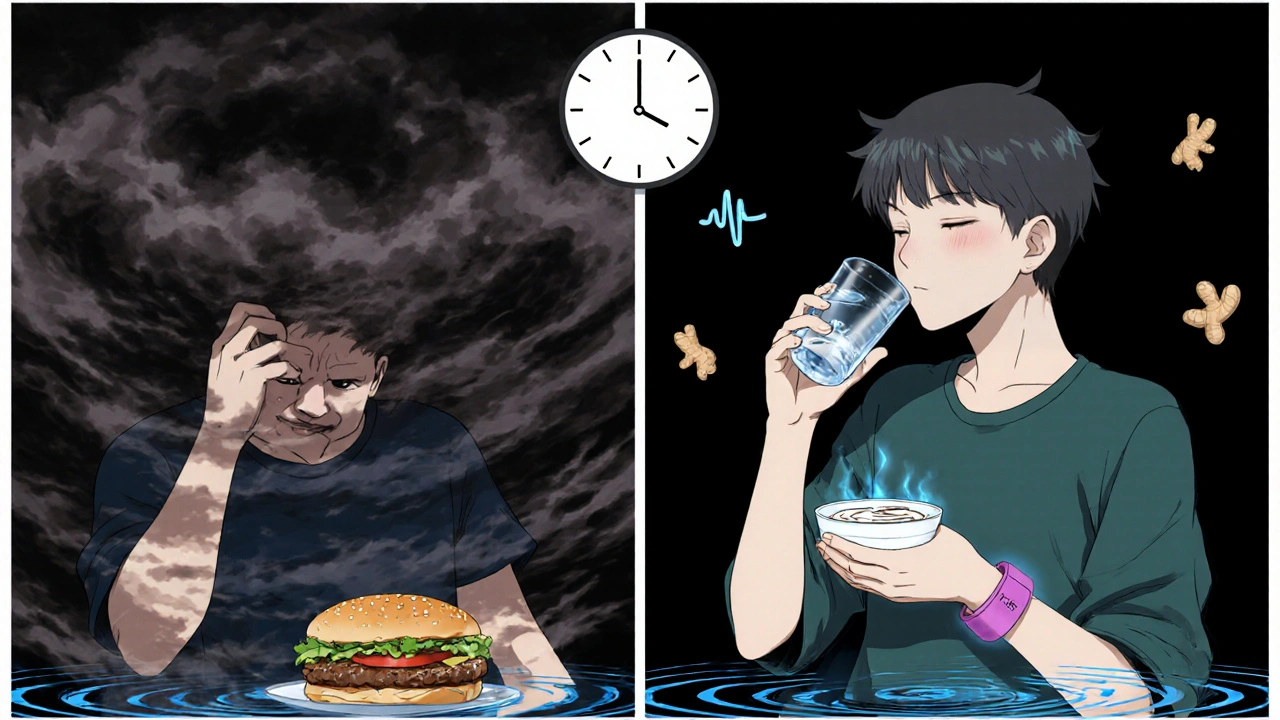
Natural Remedies That Actually Work
Ginger is the most studied natural fix for GLP-1 nausea. A 2022 meta-analysis found ginger reduced nausea by 62% in people on GLP-1 drugs. Try ginger chews, ginger tea, or even ginger capsules. One Reddit user said ginger chews were the only thing that helped during the first month on Ozempic - and they still keep them in their purse. Peppermint is another low-risk option. Small studies show it helps in about 55% of cases. Sipping peppermint tea or chewing peppermint gum can calm the stomach without side effects. Acupressure wristbands - the kind used for motion sickness - are gaining traction. A 2023 pilot study with 31 participants found these bands relieved nausea within 5 to 20 minutes in 80% of episodes. They’re safe, reusable, and cost less than $10. If you’re not ready for pills, try them.When to Consider Anti-Nausea Medication
If diet and timing don’t cut it, and nausea is keeping you from sleeping, eating, or functioning, it’s time to talk to your doctor about anti-nausea meds. Domperidone (10-20 mg, three to four times a day) is the preferred choice for most endocrinologists. It helps move food through the stomach without the brain-side effects of metoclopramide. But it’s not for everyone - long-term use carries cardiac risks, so it’s meant for short-term use under supervision. Ondansetron (Zofran) 4mg orally disintegrating tablets work fast - 76% of patients at Rentia Clinic reported relief within 15 to 20 minutes. It’s useful for flare-ups, especially if you’re traveling or can’t eat. Don’t take these meds long-term without checking in with your doctor. If you’ve been on an anti-nausea drug for more than a month after reaching your final GLP-1 dose, it might be time to lower your GLP-1 dose instead.When Nausea Is a Red Flag
Most nausea fades. But if it doesn’t, or gets worse, it could be something serious. Persistent vomiting, inability to keep fluids down for more than 12 hours, or losing more than 5% of your body weight in a week are warning signs. So is feeling full after just a few bites - even when you haven’t eaten much. These could point to gastroparesis, a rare but serious condition affecting about 0.5% of GLP-1 users. It means your stomach has lost its ability to move food properly. If you have these symptoms beyond 8 weeks, get evaluated. Don’t wait.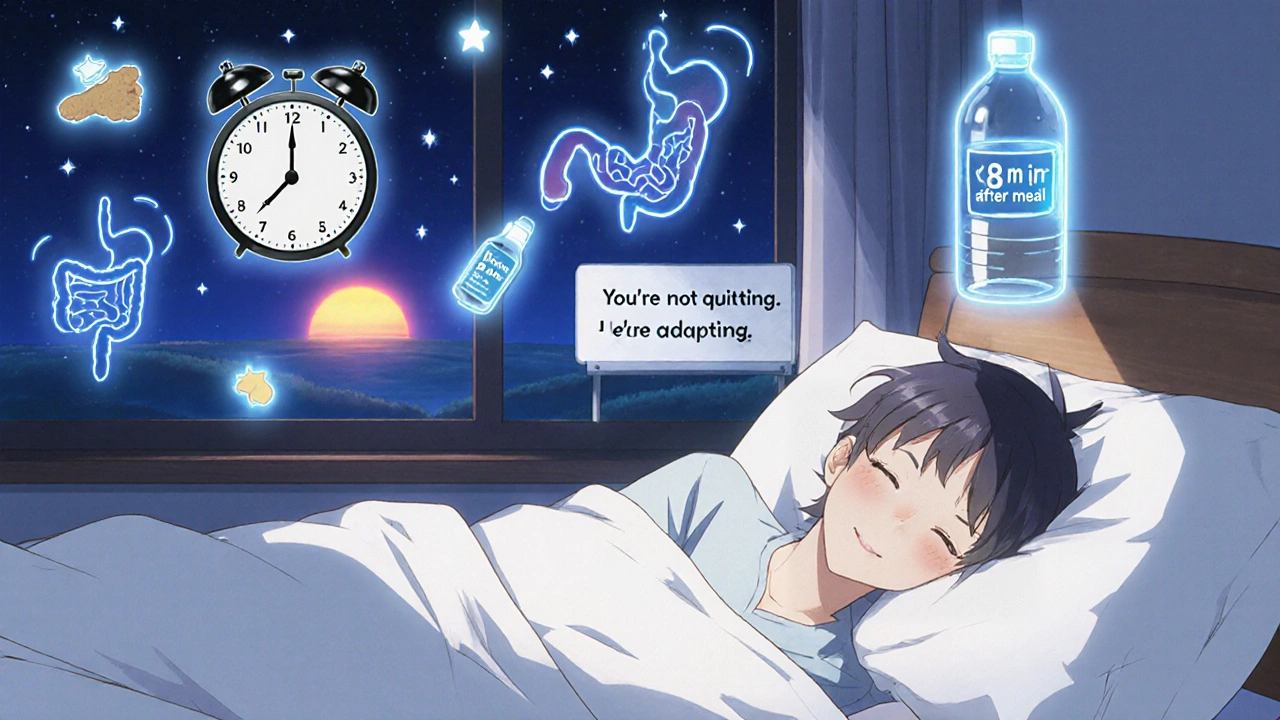
Track Your Triggers - It’s Not Just Luck
One of the most powerful tools you have is a simple journal. Write down:- What you ate and how much
- When you drank fluids
- Time of day
- Nausea level (1 to 10)
- Any medications or remedies you used
What’s Next: Better Options on the Horizon
The pharmaceutical world is listening. Novo Nordisk’s oral semaglutide - a pill version of Ozempic - is in Phase 3 trials and shows 18% less nausea than the injectable form. Early data suggests the new formulation protects the stomach lining better. There’s also talk of combining GLP-1 drugs with prokinetic agents like domperidone as a standard approach. Early studies show this combo cuts nausea by over half without hurting weight loss. And companies are stepping up. Novo Nordisk gives free dietitian access to most insured Wegovy users. Eli Lilly sends new Mounjaro patients nausea kits with ginger chews and acupressure bands.Stick With It - You Can Do This
GLP-1 medications are life-changing for millions. But they’re not magic. They require adjustment - not just in your body, but in your habits. Small meals. Slow doses. Ginger. Timing fluids. Tracking symptoms. These aren’t just tips. They’re proven strategies backed by clinical data, patient stories, and expert practice. You didn’t start this journey to quit. You started it to feel better. And with the right approach, you can.How long does GLP-1 nausea usually last?
For most people, nausea starts within the first few days of starting or increasing a GLP-1 dose and lasts about 7 to 10 days. About 80% of cases resolve within 8 weeks of consistent dosing. If nausea lasts longer than 8 weeks, especially with vomiting or early fullness, it’s important to talk to your doctor - it could be a sign of gastroparesis.
Can I still drink coffee with my GLP-1 medication?
You can, but not with meals. Coffee can irritate the stomach and worsen nausea if consumed right before or after eating. Try drinking it 30 to 60 minutes before or after a meal. Some people find switching to decaf or herbal tea helps reduce irritation. If you notice nausea spikes after coffee, try cutting it out for a week to see if it makes a difference.
Should I take my GLP-1 injection in the morning or at night?
If you get morning nausea, taking your injection at bedtime can help. A Harvard Health report found that 63% of patients who switched to nighttime dosing reported less nausea. While the drug works the same regardless of time, sleeping through the first few hours after injection reduces your awareness of nausea. You can still take it at any time - just be consistent.
Is it safe to use ginger supplements with GLP-1 drugs?
Yes. Ginger is one of the safest and most effective natural remedies for GLP-1 nausea. Studies show it reduces nausea by up to 62% without interacting with the medication. You can use ginger tea, chews, capsules, or fresh ginger in meals. Stick to standard doses - no more than 1,000 mg per day. If you’re on blood thinners, check with your doctor first, but for most people, it’s fine.
What should I do if I vomit after taking my GLP-1 shot?
If you vomit within 30 minutes of your injection, the drug may not have been fully absorbed. Wait until the next scheduled dose - don’t double up. If vomiting continues for more than 24 hours, or you can’t keep fluids down for 12 hours, contact your doctor. This could signal a more serious issue like gastroparesis or dehydration. Don’t skip your next dose unless your doctor tells you to.
Do acupressure wristbands really help with GLP-1 nausea?
Yes - and the evidence is growing. A 2023 pilot study found acupressure wristbands provided relief in 80% of nausea episodes, often within 5 to 20 minutes. They’re drug-free, reusable, and safe. While larger studies are underway, many patients report immediate relief. Try them before turning to medication - they cost less than $10 and have no side effects.
Can I take anti-nausea meds long-term with my GLP-1 drug?
Not without medical supervision. Medications like domperidone or ondansetron are meant for short-term use while your body adjusts. If you need them for more than a month after reaching your final GLP-1 dose, your doctor may recommend lowering your GLP-1 dose instead. Long-term domperidone use carries cardiac risks, and the FDA has issued safety warnings. Always discuss extended use with your provider.
If you’re struggling with nausea on your GLP-1 medication, you’re not alone - and you’re not failing. The solution isn’t to quit. It’s to adjust. Slow down. Eat smaller. Drink smarter. Track your patterns. And give your body the time it needs to adapt. The benefits of these drugs are real. You just need the right strategy to get there.

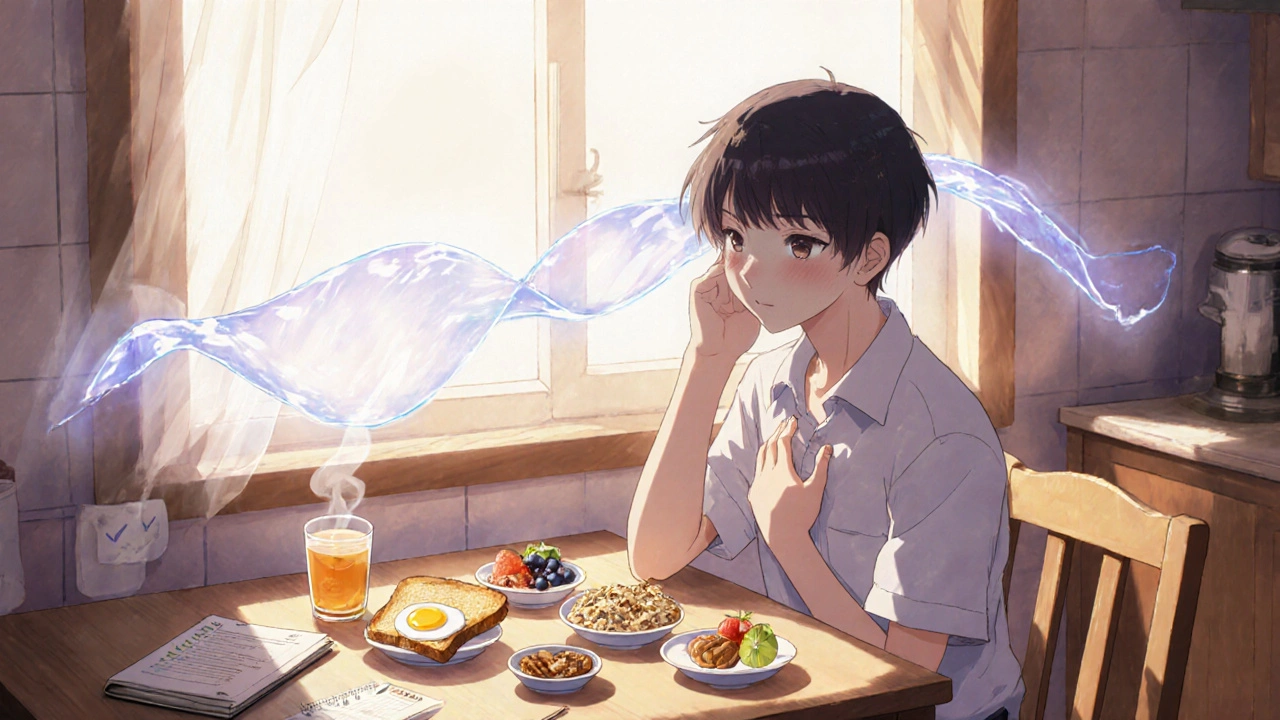
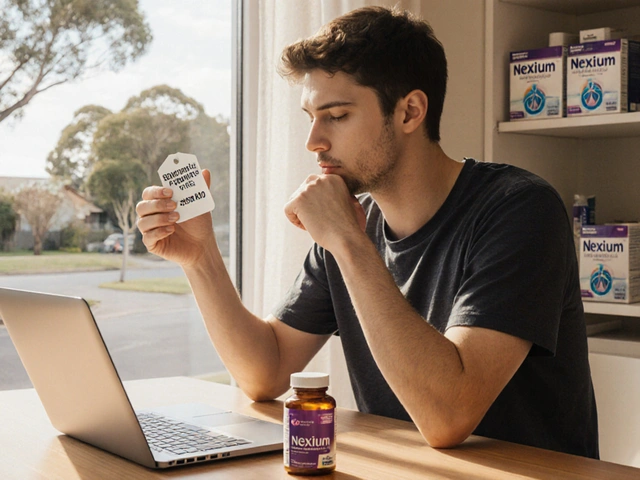
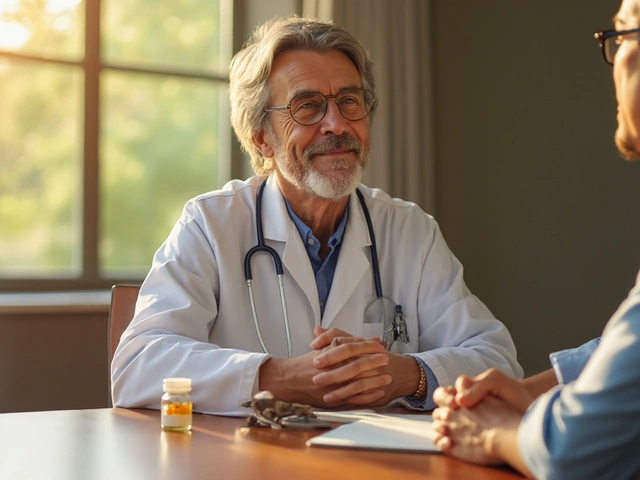

Been on Ozempic for 6 months now, and this post nails it. Small meals changed everything for me. I used to eat big lunches and crash by 3pm, but now I snack on hard-boiled eggs, Greek yogurt, and almonds every 3 hours. Nausea went from daily to maybe once a week. Also, ginger chews in my pocket like candy. No joke, they’re my MVP.
Bro I was ready to quit after week 2. My doctor said ‘just push through’ but I didn’t. I dropped my dose back to starter level and stayed there for 6 weeks. No rush. Now I’m on full dose and feel amazing. Slow titration isn’t weakness - it’s strategy. Also, ginger tea before bed? Life saver.
I didn’t realize how much timing fluids mattered until I started drinking water only between meals. My nausea dropped from constant to almost nothing. Also, no coffee with food. I now have my cup at 10am and 4pm, never near meals. Such a simple change, but it made all the difference.
Acupressure bands. I know it sounds weird. But I tried them after reading this. 80% success rate? I got one for $8 on Amazon. Wore it during my first dose increase. Nausea hit at 2pm. Put the band on. 12 minutes later? Gone. Not magic. Not placebo. Just science. Do it. Seriously.
Wow. So you’re telling me the solution isn’t ‘just be stronger’ but actually… listening to your body? Who knew? Also, domperidone isn’t a ‘crutch’-it’s a bridge. Stop acting like people who need meds to tolerate meds are weak. We’re not failing. We’re adapting. And if your doctor doesn’t get that, find a new one.
I took my shot at night and it changed everything. No more nausea during work. Just slept through it. Game changer.